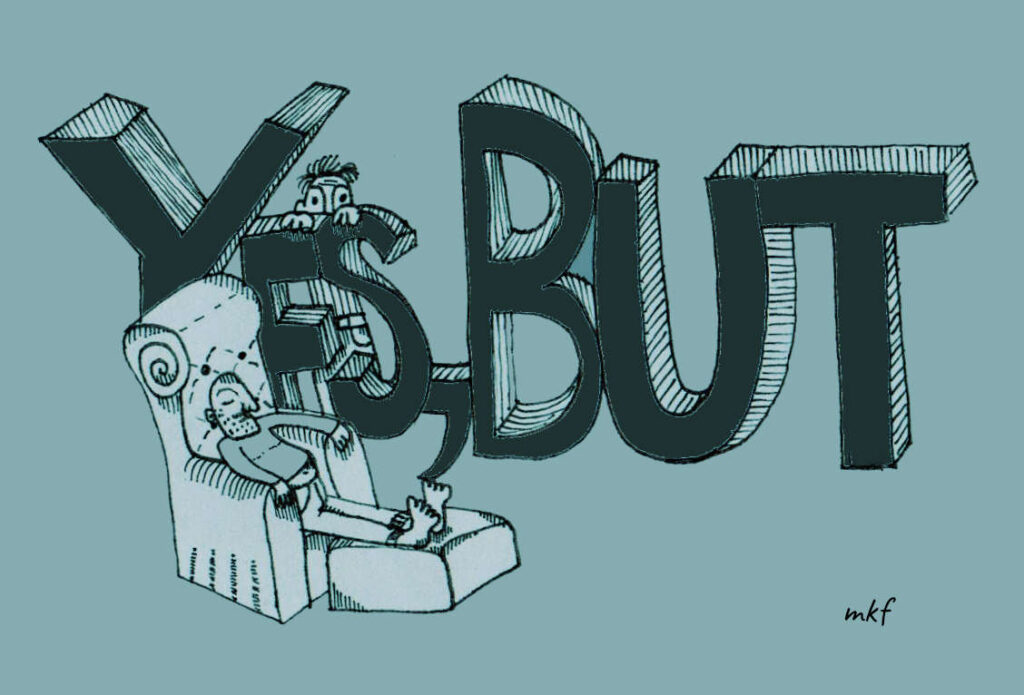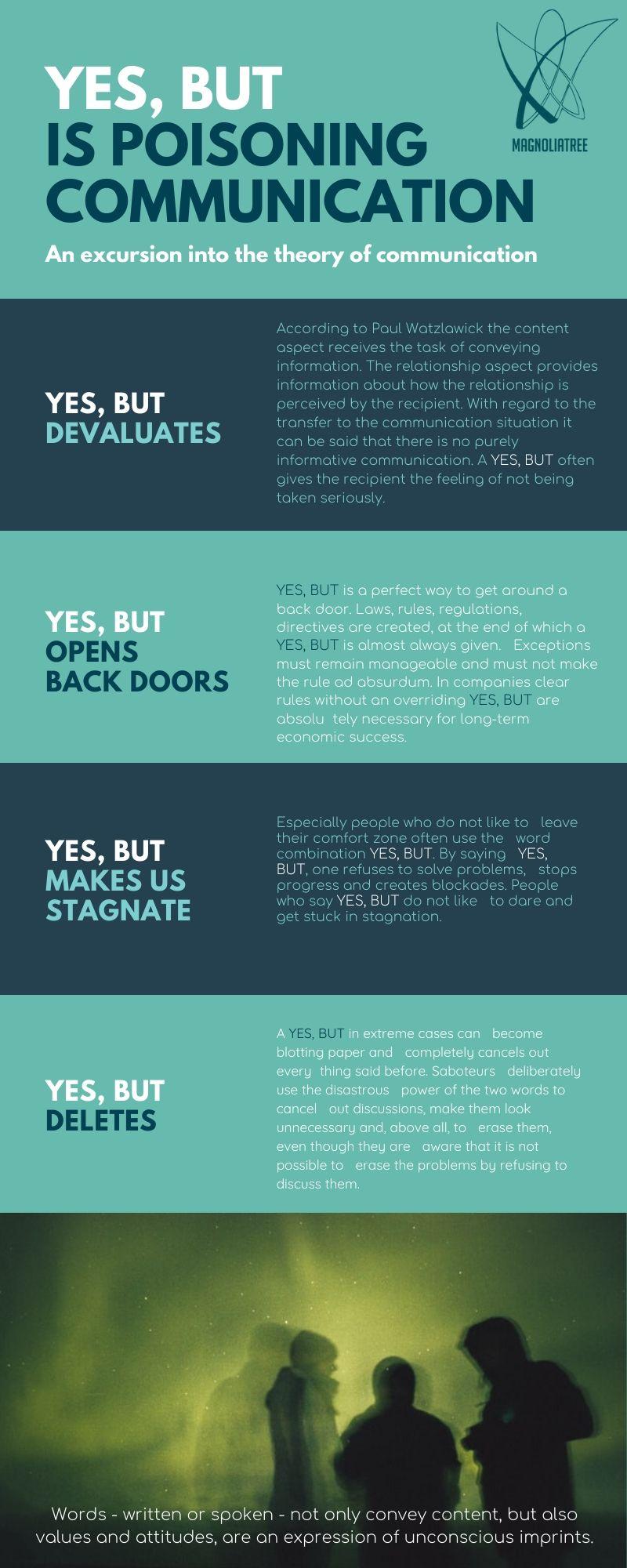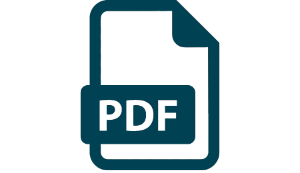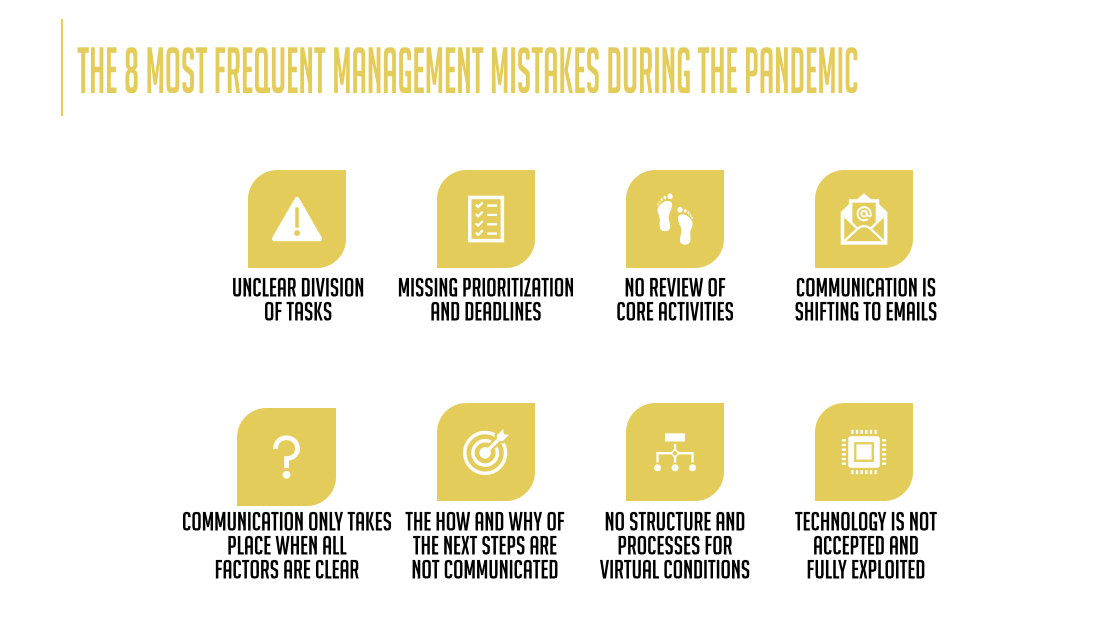The unholy power of two words and how they drive the world and us into stagnation
by Sabine Gromer and Daniela Luschin

The world turns and we turn with it. Our everyday life is anything but standstill: we always have a lot to do, endlessly long task lists, and a feeling of constant rotation. And yet so many things remain untouched, unnoticed, and in stagnation. One of the reasons for this: YES, BUT.

YES, BUT accelerates climate change
We all know about the risks of climate change. Change is necessary. Not tomorrow, certainly not the day after tomorrow, but now. We are gradually destroying our environment and ultimately ourselves as well. The list of climate sins is long, they need to be tackled, time is pressing, action is needed. Actions that are repeatedly blocked by the disastrous power of YES, BUT.
We are putting the YES, BUT brake on because we do not want to move. Because otherwise we would have to leave our comfort zone. We point our fingers at the others, let them move first. The problem: that others do exactly the same. And there is no advancement.
YES, BUT becomes a saboteur, cancels out everything that was said before, acts as blotting paper and will have fatal consequences if we do not stop using it in problem-solving processes. Yes, but may erase the discussion, making the correction of serious problems impossible.
YES, AND is the antidote of YES, BUT…

Objections are good and right; they sharpen our view with a change of perspective and ideally even advance our understanding. However, it is necessary to remain factual. Especially as leaders we must not stop discussions, sabotage them, or hinder any progress. Because leading is motion, not stagnation. Karen Hough, CEO of ImprovEdge, calls YES, BUT the evil twin of YES, AND. She argues for YES, BUT to be replaced by YES, AND, so that it might be used as a powerful tool for collaboration, negotiation and effective communication. When the YES, BUT is eliminated from discussions and negotiations and instead YES, AND is used, positive engagement, appreciation, and support are conveyed. This simple tool creates effective cooperation in times of conflict and lifts the spirits in difficult times. It is precisely this YES, AND mentality that we need not only in companies, but also on a global, political, and social level. Only then will we find the way out of stagnation and towards move solution-oriented attitudes.
YES, AND connects. Traditional with new, the opposing side with its own, the separated with the whole. In a globally networked world like ours, linking these common denominators are absolutely necessary for positive progress. Anything else is completely counterproductive.









